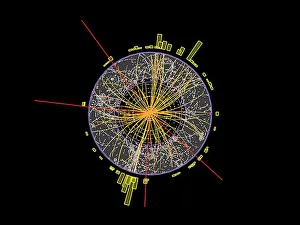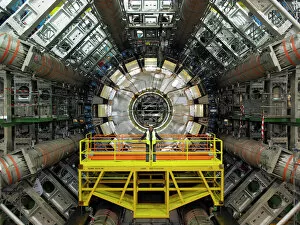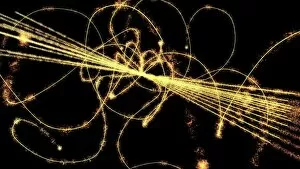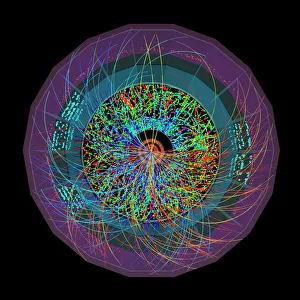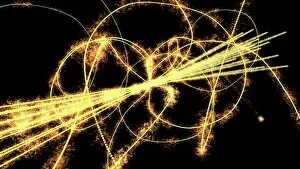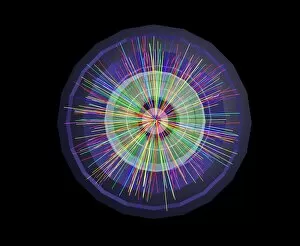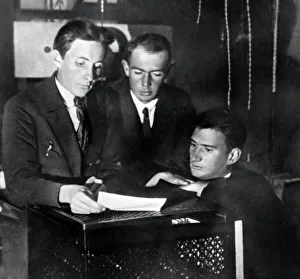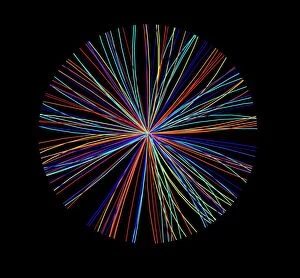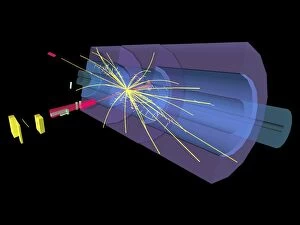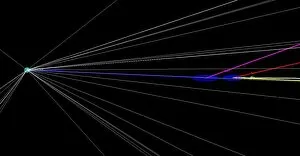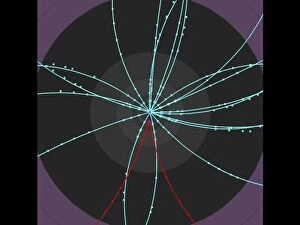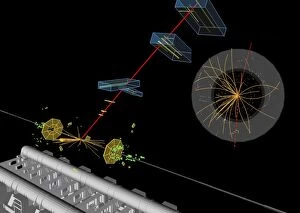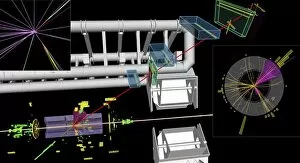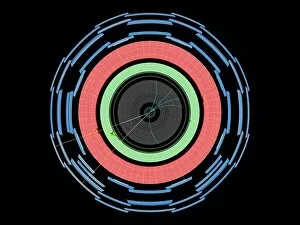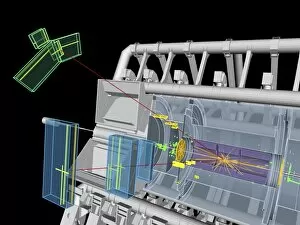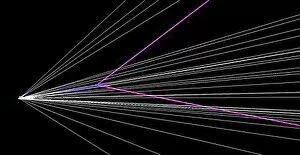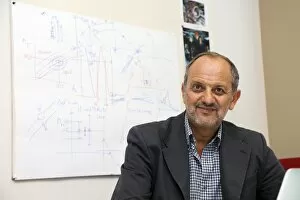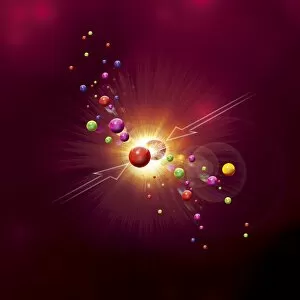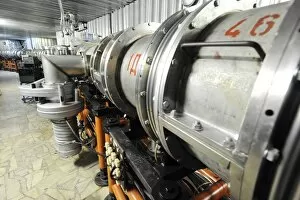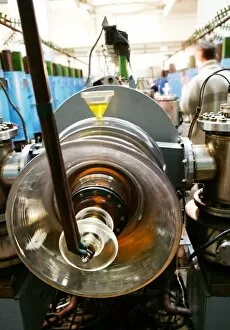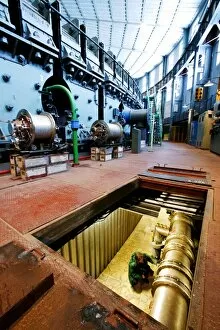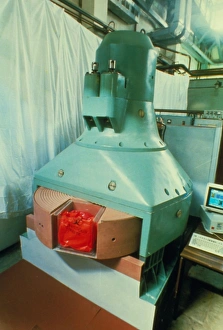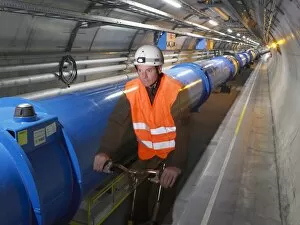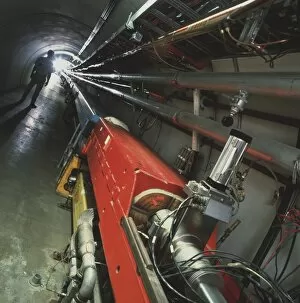Particle Accelerator Collection
"Unleashing the Power of Particles: Exploring the Mysteries of the Universe" Step into the world of particle physics
All Professionally Made to Order for Quick Shipping
"Unleashing the Power of Particles: Exploring the Mysteries of the Universe" Step into the world of particle physics, where scientists delve deep into the fundamental building blocks of our universe. At CERN's state-of-the-art facilities, such as the ATLAS and CMS detectors, groundbreaking experiments take place to unravel secrets that have puzzled humanity for centuries. In 1925, Kurchatov and his colleagues in Leningrad laid down the foundation for this scientific journey. Little did they know that their work would pave the way for revolutionary discoveries years later. Fast forward to today, CERN stands at the forefront with its cutting-edge technology and brilliant minds pushing boundaries further than ever before. One such marvel is a particle accelerator - an awe-inspiring machine that propels particles at incredible speeds towards each other. Proton collisions like C014 / 1797 create miniature fireworks within these accelerators, generating energy levels unseen anywhere else on Earth. The ATLAS detector captures these mesmerizing moments with unparalleled precision. Its intricate design allows scientists to study subatomic particles produced during high-energy collisions meticulously. These captivating images are not just art; they hold vital clues about how our universe operates on its most fundamental level. But it doesn't stop there. The CMS detector also plays a crucial role in unraveling cosmic mysteries by analyzing particle interactions from lead ion collisions. These powerful experiments provide insights into exotic states of matter and offer glimpses into conditions similar to those found shortly after the Big Bang. Particle physics research has come a long way since Kurchatov's time, but we're only scratching the surface of what lies ahead. With every lead ion collision captured by detectors like ATLAS and CMS, we inch closer to understanding dark matter, antimatter asymmetry, and other enigmas lurking in our cosmos. So join us on this exhilarating adventure as we explore uncharted territories through breathtaking artwork created from particle physics experiments.

